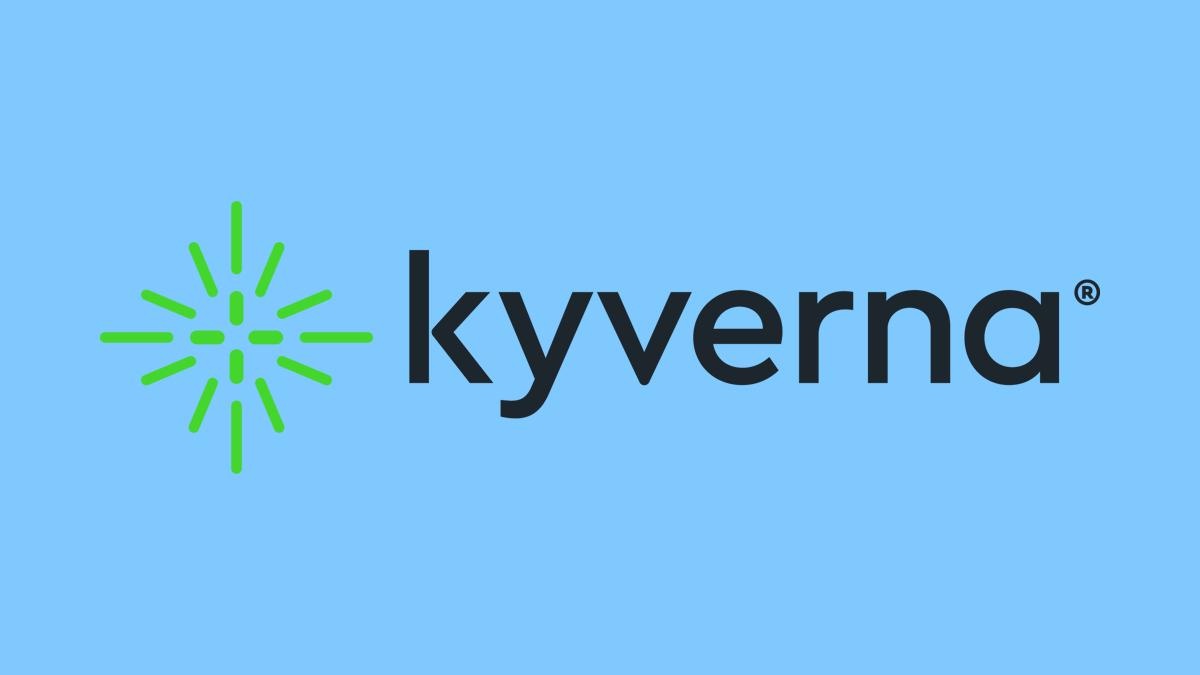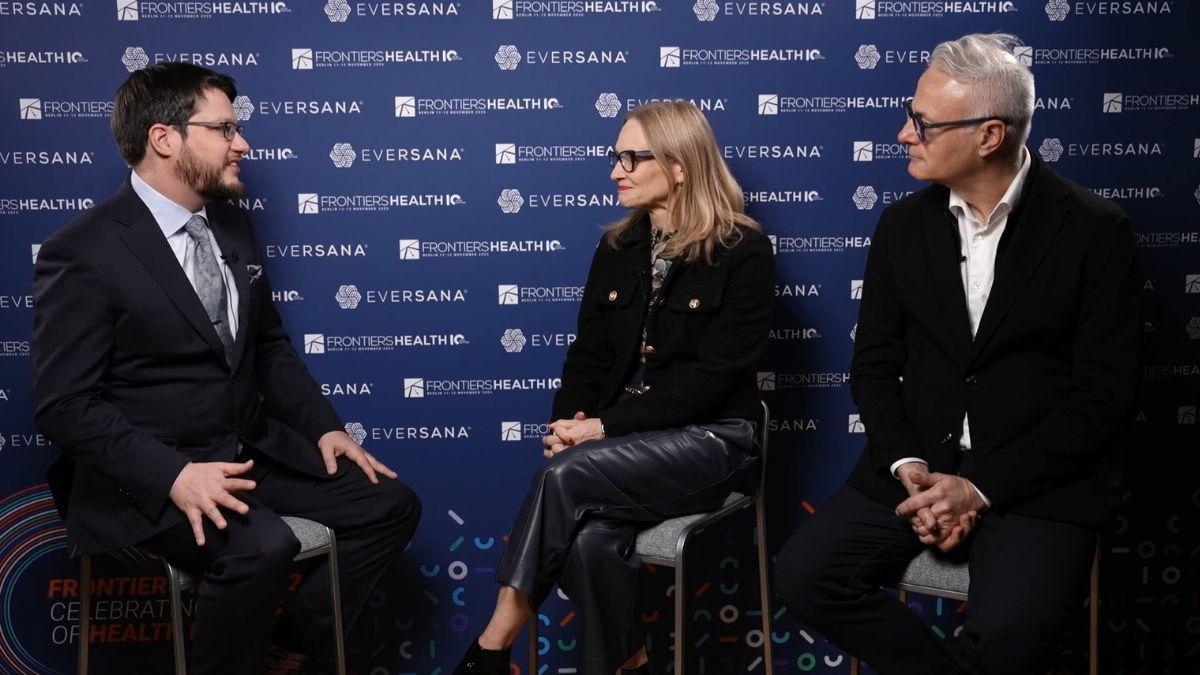This week in clinical trials: 5th Feb to 9th Feb 2024

In this clinical trial round-up, we look at life sciences research and development announced during the week of 5th to 9th February, from early-stage onwards. During that week, February began apace, with news on an sa-mRNA COVID-19 booster, positive study data for children with IOPD suffering from ptosis, the announcement of two new trials for diabetic foot osteomyelitis and stage IV pressure ulcers, and positive topline results for a rare disease gene therapy for Hunter Syndrome.
Read on further for ongoing weekly news from studies across the globe.
Key Takeaways
- CSL, Arcturus announce Ph3 results for ARCT-154, sa-mRNA COVID-19 booster
- Sanofi’s Nexviazyme data shows improvement in ptosis for children with IOPD
- Biocomposites announces two new Phase 2 trials of calcium matrix antibiotic carrier STIMULAN VG
- REGENXBIO shares pivotal data from rare disease gene therapy RGX-121 CAMPSITE trial
During the week of 5th to 9th February:
CSL, Arcturus announced Ph3 results for ARCT-154, sa-mRNA COVID-19 booster
It was announced that new COVID-19 self-amplifying messenger RNA (sa-mRNA) results from biotech CSL and Arcturus Therapeutics’ Phase 3 study evaluating a booster dose of ARCT-154 had demonstrated longer duration of immunity compared to a conventional mRNA vaccine booster.
mRNA vaccines help protect against infectious diseases by providing a blueprint for cells in the body to make a protein to help our immune systems recognise and fight the disease. In contrast to standard mRNA vaccines, self-amplifying mRNA vaccines instruct the body to make more mRNA and protein to boost the immune response.
Arcturus developed the first sa-mRNA COVID vaccine in the world to be approved for adults, by the Japan Ministry of Health, Labor and Welfare, back in November 2023.
In the randomised, double-blind, active-controlled Phase 3 study, conducted at 11 sites in Japan, ARCT-154 was administered at one-sixth the dose of Comirnaty (5 μg vs 30 μg, respectively). Analysis at 6 months post-vaccination showed that ARCT-154 induces a longer immune response as compared to Comirnaty for both the original Wuhan strain and Omicron BA.4/5 variant, as well as an advantage in antibody persistence.
Sanofi’s Nexviazyme data showed meaningful improvement in ptosis for children with IOPD
Results from Sanofi’s Phase 2 Mini-COMET long-term extension study suggested that Nexviazyme (avalglucosidase alfa) meaningfully improved drooping eyelid (ptosis) in children living with infantile-onset Pompe disease (IOPD).
People living with Pompe disease have low levels of the enzyme acid alpha-glucosidase (GAA), which results in build-up of glycogen in muscle cells throughout the body, leading to potentially irreversible damage to skeletal and cardiac muscles.
Pompe disease can present as infantile-onset Pompe disease (IOPD), the most severe form of the disease, or late-onset Pompe disease (LOPD), which progressively damages muscles over time. If left untreated, IOPD can lead to heart failure and death within the first year of life, while people living with LOPD may require mechanical ventilation to help with breathing or a wheelchair to assist with mobility as the disease progresses. As many as 50% of IOPD patients experience ptosis, which can potentially cause vision loss and decreased quality of life.
Nexviazyme (avalglucosidase alfa) is an enzyme replacement therapy (ERT) designed with high-binding affinity to target the mannose-6-phosphate (M6P) receptor, the key pathway for uptake and transport of ERT. Nexviazyme is approved in the US and other markets for juvenile and adult patients with LOPD. It is also approved for IOPD in certain markets outside of the US.
The Phase 2 Mini-COMET long-term extension study results demonstrated that, after nearly three years (Week 145), children who received a higher dose of avalglucosidase alfa every two weeks (40 mg/kg) had clinically meaningful improvements in ptosis compared to those on an initial bi-weekly 20 mg/kg dose of avalglucosidase alfa, or those receiving alglucosidase alfa.
The results were presented during the 20th annual WORLD Symposium and underscore the safety and efficacy of avalglucosidase alfa.
Additional avalglucosidase alfa data presented at WORLD Symposium 2024 included debut data from the Phase 3 Baby-COMET trial evaluating safety and efficacy in never-before-treated patients with IOPD (≤6 months of age at enrolment), with no unexpected safety issues of concern at data cut-off.
Biocomposites announced two new Phase 2 trials of calcium matrix antibiotic carrier STIMULAN VG
International medical devices company Biocomposites, which engineers, manufactures, and markets products for use in infection management in bone and soft tissue, announced the launch of two Phase 2 clinical trials of STIMULAN VG (STIMULAN mixed with vancomycin and gentamicin) in the US as part of an investigational new drug (IND) application.
The BLADE-VG2 trial will evaluate the safety and efficacy of STIMULAN VG to treat diabetic foot osteomyelitis, while the BLADE--OPU2 will evaluate its safety and efficacy in treating stage IV pressure ulcers.
With over 500,000 diabetic foot osteomyelitis and 200,000 stage IV pressure ulcer cases in the US every year, the need to transform patient outcomes in these areas and minimise the use of systemic antibiotics has never been more important.
REGENXBIO announced pivotal data from rare disease gene therapy RGX-121 CAMPSITE trial
Topline pivotal data from the Phase 1/2/3 CAMPSIITE trial of RGX-121 - an investigational one-time administered gene therapy - for the treatment of patients up to 5 years old diagnosed with Mucopolysaccharidosis Type II (MPS II), also known as Hunter Syndrome, demonstrated that the pivotal phase of the trial met its primary endpoint with statistical significance.
MPS II, or Hunter Syndrome, is a rare, X-linked recessive disease caused by a deficiency in the lysosomal enzyme iduronate-2-sulfatase (I2S) leading to an accumulation of glycosaminoglycans (GAGs), including heparan sulfate (HS) in tissues which ultimately results in cell, tissue, and organ dysfunction, including in the central nervous system (CNS). MPS II is estimated to occur in 1 in 100,000 to 170,000 births. In severe forms of the disease, early developmental milestones may be met, but developmental delay is readily apparent by 18 to 24 months.
The results were presented at the 20th annual WORLD Symposium, showing that 16 weeks after administration RGX-121 there was demonstrated an 86% median reduction in cerebrospinal fluid (CSF) levels of brain disease activity biomarker D2S6. Elevated levels of D2S6 correlate with clinical manifestations, including neurodevelopmental deficits.
RGX-121 has been designed to deliver the iduronate-2-sulfatase gene (IDS) that encodes the I2S using the NAV AAV9 vector. RGX-121 continues to be well tolerated in 25 patients dosed across all phases of the CAMPSIITE trial and most patients have discontinued enzyme replacement therapy.
REGENXBIO expects to file a Biologics License Application in the second half of 2024 for RGX-121, using the accelerated approval pathway. Based on an expected priority review, potential approval of the planned BLA could result in receipt of a Rare Pediatric Disease Priority Review Voucher in 2025.













